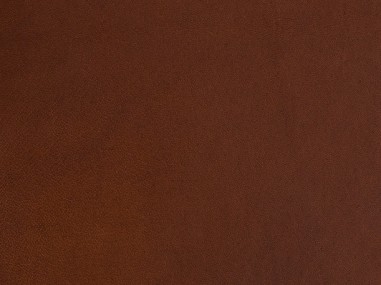The leather among leathers
This leather is sourced exclusively, as in the case of the Spanish horse shell leather, from the two horse rumps (the fibrous muscle known as shell), each animal only provides two small portions of this leather.
This leather, which is so highly valued by the most demanding clients,is used to create the best shoes, wallets and straps. This skin also undergoes vegetable tanning, although it is different from Spanish foal rump in the sense that Cordovan is produced with the part of the skin that is contact with animal’s flesh (normally leather tanning is carried out on the outer part of the skin). Also, the tanning process is long and painstaking (it usually lasts for six months). During the process, this valued leather very gradually soaks up the vegetable oils, in the end this tanning gives it unparalled elasticity, durability and shine.
The name Cordovan comes from “Cordobán”, which means “from Cordoba”. Thus, Cordoba is the source of “Cordobán”, which consists of a goat leather tanning and embossing technique that results in a very high quality material with unparalleled shine, highly valued throughout Europe. The similarity in the finish of these two leathers and the prestige of Spanish “Cordobán” is what seemingly led to the use of the name “Cordovan” in Europe for foal rump leather that is tanned in this way.
This leather along with the other one made from rump, which acts a lining, is hand sewn with waxed linen thread and saddle stitching used to create the apron straps.
There are very few tanneries in the world that create this kind of leather: They include Horween in the USA, Clayton in Great Britain, Comipel in Italy and the odd tannery in Japan.
These straps are available in the Classic model.
This leather can be chosen in three colours: aubergine, brown and black.
This leather, which is so highly valued by the most demanding clients,is used to create the best shoes, wallets and straps. This skin also undergoes vegetable tanning, although it is different from Spanish foal rump in the sense that Cordovan is produced with the part of the skin that is contact with animal’s flesh (normally leather tanning is carried out on the outer part of the skin). Also, the tanning process is long and painstaking (it usually lasts for six months). During the process, this valued leather very gradually soaks up the vegetable oils, in the end this tanning gives it unparalled elasticity, durability and shine.
The name Cordovan comes from “Cordobán”, which means “from Cordoba”. Thus, Cordoba is the source of “Cordobán”, which consists of a goat leather tanning and embossing technique that results in a very high quality material with unparalleled shine, highly valued throughout Europe. The similarity in the finish of these two leathers and the prestige of Spanish “Cordobán” is what seemingly led to the use of the name “Cordovan” in Europe for foal rump leather that is tanned in this way.
This leather along with the other one made from rump, which acts a lining, is hand sewn with waxed linen thread and saddle stitching used to create the apron straps.
There are very few tanneries in the world that create this kind of leather: They include Horween in the USA, Clayton in Great Britain, Comipel in Italy and the odd tannery in Japan.
These straps are available in the Classic model.
This leather can be chosen in three colours: aubergine, brown and black.


